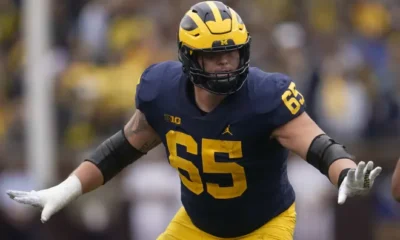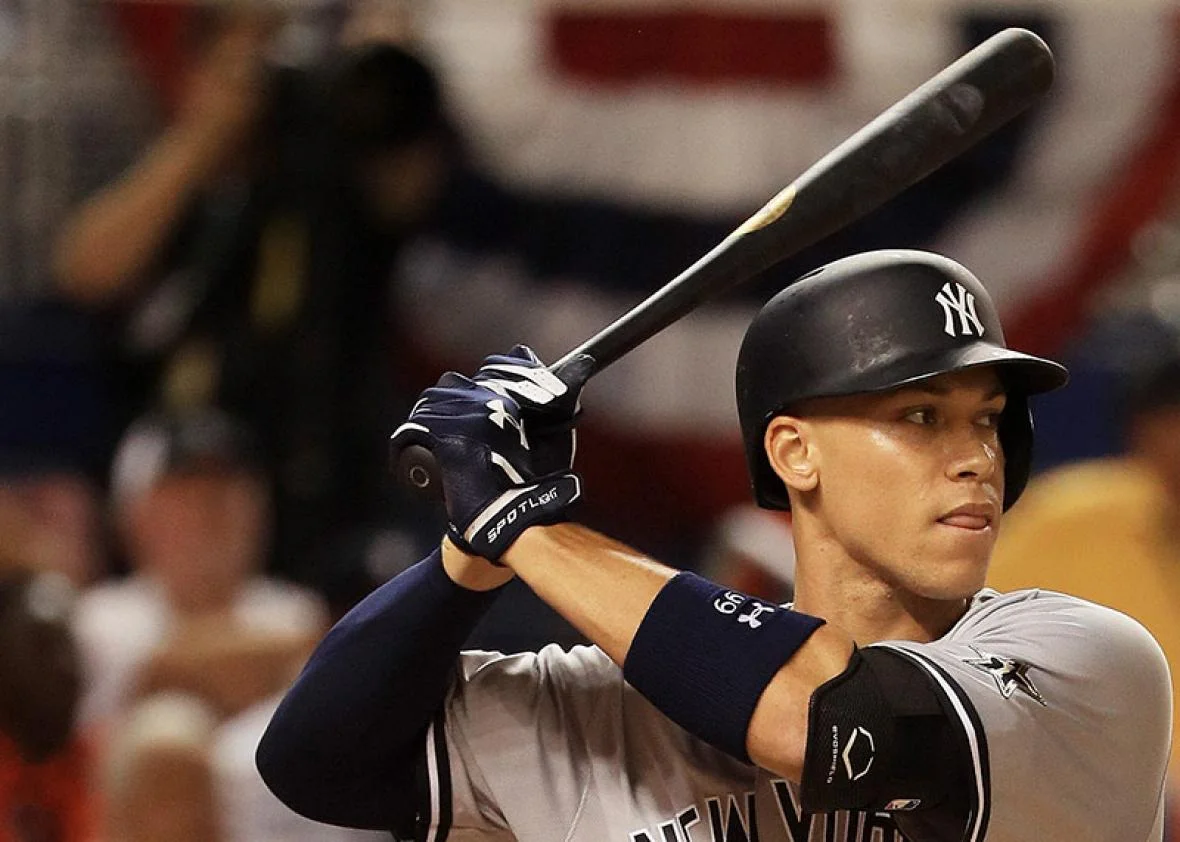
Could MLB ever achieve team equity in a competitive environment? We would need many years of data to find out.
MLB free agency has been uproarious this offseason, with every star player signing before New Year’s Day. The biggest names have also been receiving historically long contracts, setting the market for everyone else. MLB has used a market approach since free agency started in the 1970’s. There are clear reasons why the union fought for this kind of unrestricted movement: players get to choose their employers, and they earn roughly what they are worth. There is, of course, some give and take between what agents and teams think a player is worth, but the differences even out over time.
The hot stove has been burning this winter, but it was ice cold just a few years ago. The union could pursue a different method in future negotiations. There is potentially another viable approach to free agency, not that the market is going away anytime soon. An equity-based approach to MLB free agency could possibly stabilize player salaries while increasing competitive balance.
It is admittedly hard to imagine what equity would look like in pro sports where the whole point is to separate teams into winners and losers. But each team getting their fair share of free agents is not the same as being assigned players. A socialist approach would say every team gets five free agents, reducing players to positional commodities. Equity in MLB would intertwine with value, so that teams get what they need while spreading out talent.
The Details
Before showing what equity could look like in practice, I will go over some conditions and qualifiers. To be clear, I am only talking about free agency, no other aspect of MLB. The draft is already designed to benefit the worst teams, and trades are rightly left to the teams to navigate. Regarding the new expanded playoffs, many people think there should be a greater advantage for better teams as a reward.
One of the most concerning problems in baseball right now is the number of teams out of contention before Opening Day. The purpose of using an equity-based approach is to simultaneously help players and weaker teams. By ensuring that all teams sign legitimate talent every offseason, every team will be more consistently competitive and avoid five-year rebuilds. The players, in turn, potentially have more earning power since more teams will be bidding for them. Teams in the largest markets would get less free agents by design, but they would still be the most willing to sign the biggest stars.
An equity approach would honestly not make a dramatic difference in free agency. The few teams who doubled up on stars in real life would be hurt, but that is the limit of the damage. The many teams who signed lots of role players could continue that strategy.
The Process
To strike a balance between competitive advantage and competitive balance, players would sign in order of quality. The ideal method would be a fantasy draft like in sports video games where all players are up for grabs, but that is a non-starter for many reasons. For the purposes of this exercise, I am only using WAR to measure a player’s value. WAR is not the end-all be-all of statistics, and it does not fully capture reliever value, but it will suffice for this purpose. Players signing from foreign leagues are only based on projections. The point is that each team ends up with a similar amount of WAR, not a similar amount of players. This would still benefit the big spenders because one 5-WAR player is worth more than five 1-WAR players.
I first distributed players based only on 2022 performance so that teams can find more advantages, but this has a clear shortfall. WAR rewards playing time, so injured stars are dramatically undervalued. Jacob deGrom, for example, was only worth 1.4 WAR last season, though he is obviously much better than that.
Instead, I used a rounded average of Baseball-Reference WAR from 2022 and Steamer projections for the 2023 season. This way, players who are expected to be great are paid well even if they had a down season. Plus, players who had an amazing season are still paid well, but not an unrealistic amount. Aaron Judge is still first overall, at 8.5 WAR, which is between his ’22 figure of 10.6 and his ’23 projection of 6.9. The MVP is expected to be great going forward but not to repeat a historic season.
Application in Practice
When Judge starts off the bidding, all 30 teams are eligible to sign him. In reality only a handful would pay up for his services, and a large-market team signs him. Let’s say he goes back to the Bronx like in real life, and now the Yankees cannot sign anyone else until all other teams match their 8.5 WAR value. Spoiler alert: that is not going to happen, so the Yankees will need to make other kinds of transactions to supplement their roster. Carlos Rodon and Anthony Rizzo would have to sign elsewhere.
Next up is Justin Verlander, and the Mets sign him. Since he is worth a blended 5 WAR, the Mets could then only sign players worth an additional 3.5 WAR. They could still get Kodai Senga and Danny Mendick, but not also Jose Quintana.
The process continues in descending order. Very few teams reach a total of 8.5 WAR based on who they signed in real life, and the same signings would not necessarily happen here. By my counting, the Mets and Rangers are the only teams who would definitely reach the high threshold. The Cubs, Twins, Red Sox, Padres and Phillies would be within striking distance.
The many teams who signed a few of lower-tier players would sign many of the same players, since they would need around eight of them to match Judge’s WAR value. There would be somewhat of a trickle-down effect, but not much. Rodon would sign with the Giants, and San Fran might in turn let Sean Manaea sign elsewhere. Perhaps the rebounding lefty would then join a thriftier team.
Final Thoughts
I highly doubt we would ever see an equity approach in MLB, or even a formal proposal. Still, I think it is a method the league and the union can explore further. I made a very simple system that others could certainly make more complex. One last benefit is that we would see more extensions. If a team is facing a large group of free agent departures, they might be motivated to resign one of them to prevent the player from reaching free agency. The rough blended WAR also allows for differences of opinion, so teams choose to bid on players they think more of than the figure implies.
Related

Featured Articles
-
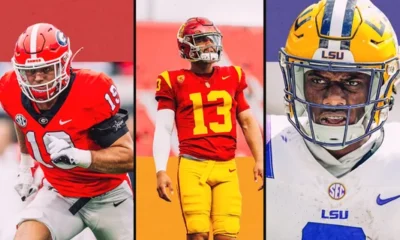

College Football
/ 14 hours ago2024 Back Sports Page NFL Mock Draft
2024 BSP Mock Draft Last year, we let all of our football writers become...
By Mason Wood -


MMA
/ 19 hours agoNext Chapter: Aljamain Sterling
On a historic night for the UFC, one of the more decorated champions of...
By Brandon Li -
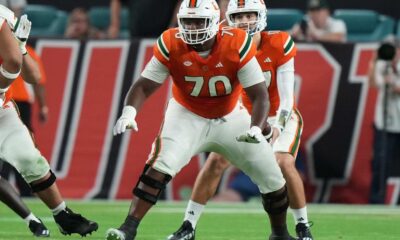

College Football
/ 23 hours agoNFL Draft 2024 Scouting Report: Javion Cohen, OG, Miami
Javion Cohen, OG, Miami Height: 6’4” Weight: 319 Arm Length: 33 ⅞ 40-Yard...
-
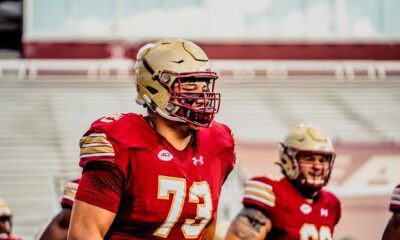

College Football
/ 23 hours agoNFL Draft 2024 Scouting Report: Christian Mahogany, OG, Boston College
Christian Mahogany, OG, Boston College Height: 6’3” Weight: 314 Arm Length: 33 ½ ...
